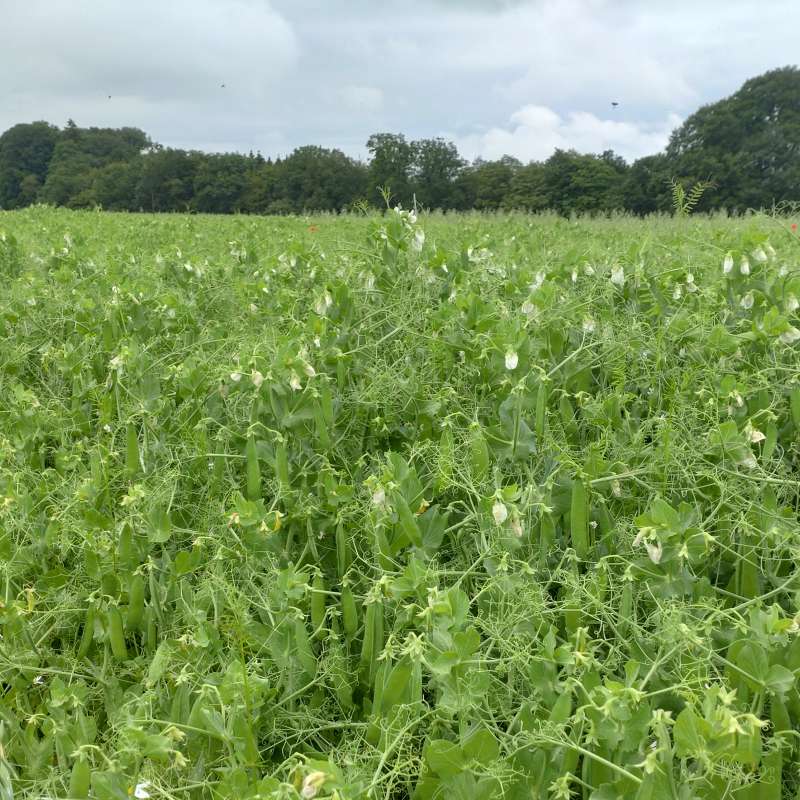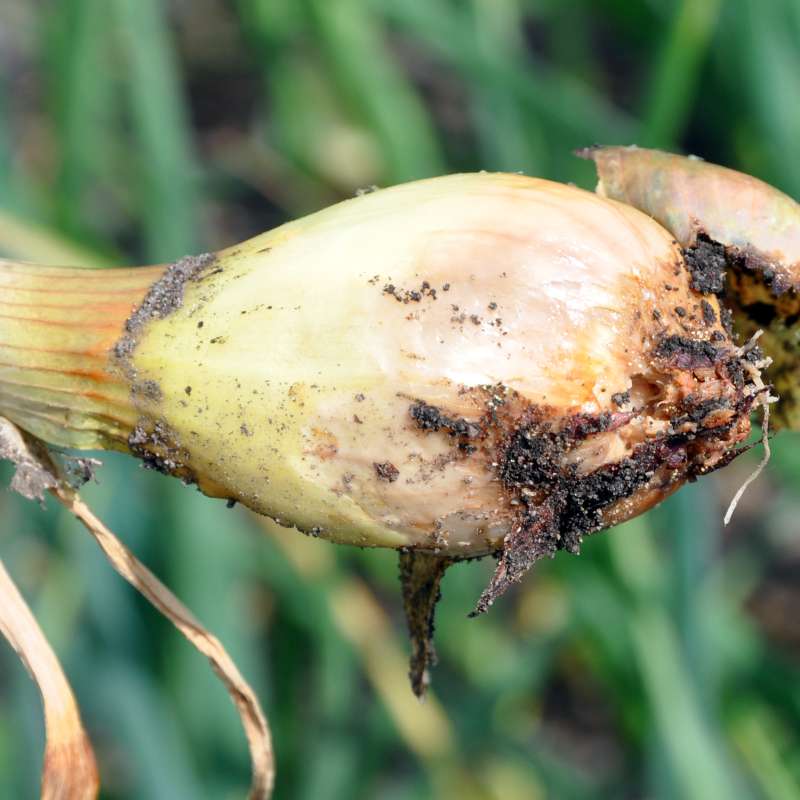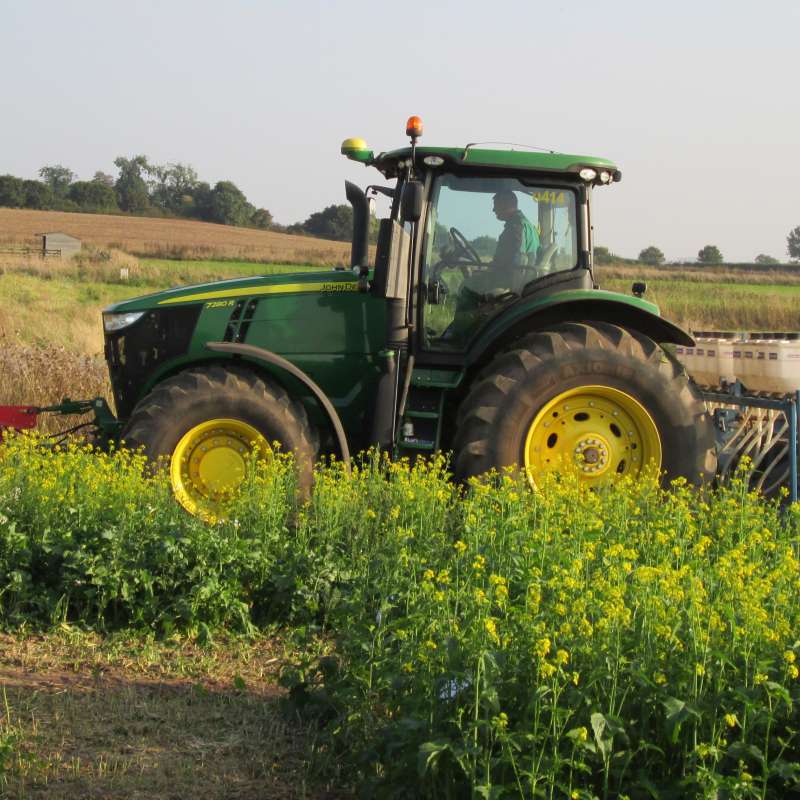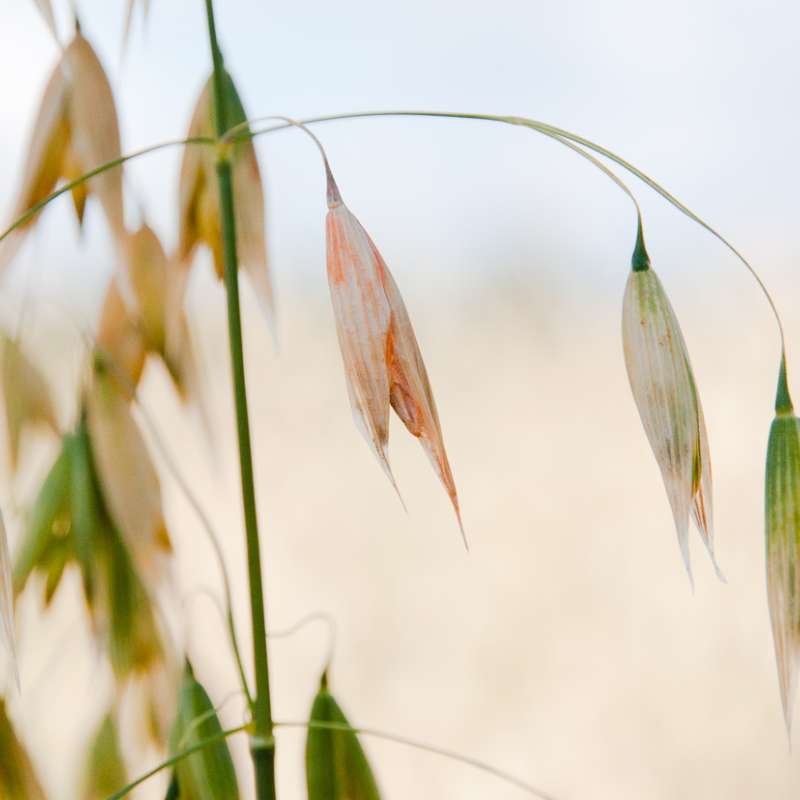Silje Kvist Simonsen
Avdelingsingeniør
Forfattere
Heidi Udnes Aamot Magne Nordang Skårn Chloé Grieu Anne-Grete Roer Hjelkrem Katherine Ann Gredvig Nielsen Silje Kvist Simonsen Nora Steinkopf Anne Kjersti Uhlen Guro BrodalSammendrag
Chocolate spot (CS) is one of the most destructive diseases affecting faba beans worldwide, leading to yield reductions of up to 90% in susceptible cultivars under conducive environmental conditions. Traditionally, the disease has been attributed to the fungal pathogens Botrytis fabae and Botrytis cinerea, however recent studies have identified three additional Botrytis species capable of causing the disease. Fungicide applications during flowering are commonly used to control the disease and limit damage to pod set, but this approach is not always effective. The reasons for this lack of control are not fully understood. To increase our understanding of the CS species complex in Norway, we used species-specific PCR to identify different Botrytis species in symptomatic leaves collected at various locations and years. Some Botrytis species are known to be high-risk pathogens for fungicide resistance development, but resistance in Norwegian Botrytis populations in faba bean have not previously been studied. Therefore, we obtained Botrytis isolates from diseased leaves and used a mycelial growth assay to assess their response to the active ingredients (boscalid and pyraclostrobin) in the fungicide commonly used for CS control in Norway. Resistance to both boscalid and pyraclostrobin was detected among B. cinerea isolates, while only resistance to boscalid was detected among B. fabae isolates. To elucidate resistance mechanisms, we analyzed target gene sequences for the presence of mutations known to confer resistance to the two active ingredients. Field experiments were conducted to test the efficacy of various spray timings and fungicides in early and late faba bean varieties. Additionally, we are developing a disease risk model for CS to better understand the conditions that lead to disease and to improve the timing of fungicide applications.
Forfattere
Magne Nordang Skårn Chloé Grieu Anne-Grete Roer Hjelkrem Katherine Ann Gredvig Nielsen Silje Kvist Simonsen Nora Steinkopf Anne Kjersti Uhlen Guro BrodalSammendrag
Chocolate spot (CS) is one of the most destructive diseases affecting faba beans worldwide, leading to yield reductions of up to 90% in susceptible cultivars under conducive environmental conditions. Traditionally, the disease has been attributed to the fungal pathogens Botrytis fabae and Botrytis cinerea, however recent studies have identified three additional Botrytis species capable of causing the disease. Fungicide applications during flowering are commonly used to control the disease and limit damage to pod set, but this approach is not always effective. The reasons for this lack of control are not fully understood. To increase our understanding of the CS species complex in Norway, we used species-specific PCR to identify different Botrytis species in symptomatic leaves collected at various locations and years. Some Botrytis species are known to be high-risk pathogens for fungicide resistance development, but resistance in Norwegian Botrytis populations in faba bean have not previously been studied. Therefore, we obtained Botrytis isolates from diseased leaves and used a mycelial growth assay to assess their response to the active ingredients (boscalid and pyraclostrobin) in the fungicide commonly used for CS control in Norway. Resistance to both boscalid and pyraclostrobin was detected among B. cinerea isolates, while only resistance to boscalid was detected among B. fabae isolates. To elucidate resistance mechanisms, we analyzed target gene sequences for the presence of mutations known to confer resistance to the two active ingredients. Field experiments were conducted to test the efficacy of various spray timings and fungicides in early and late faba bean varieties. Additionally, we are developing a disease risk model for CS to better understand the conditions that lead to disease and to improve the timing of fungicide applications.
Forfattere
Magne Nordang Skårn Chloé Grieu Anne-Grete Roer Hjelkrem Katherine Ann Gredvig Nielsen Silje Kvist Simonsen Nora Steinkopf Anne Kjersti Uhlen Guro BrodalSammendrag
Det er ikke registrert sammendrag

Divisjon for bioteknologi og plantehelse
LeFaSus - Uncovering Legume Soil Fatigue for Sustainable Expansion of European Grain Legume Cultivation
Målet med dette prosjektet er å identifisere de viktigste årsakene og indikatorene for belgveksttretthet i en rekke europeiske miljøer.

Divisjon for bioteknologi og plantehelse
LeFaSus - Uncovering Legume Soil Fatigue for Sustainable Expansion of European Grain Legume Cultivation
LeFaSus seeks to identify the most important causes and indicators of legume fatigue in several European countries.

Divisjon for bioteknologi og plantehelse
Strategies and methods to manage major pests and diseases of onion (‘QualityOnion’)
Onion fly and Fusarium basal rot represent major threats for sustainable Norwegian onion production. There are substantial gaps in our knowledge regarding these pests such as which Fusarium species infect onions in Norway, what are the main sources of Fusarium inoculum, and how onion fly prevalence is changing through the growing season.

Divisjon for bioteknologi og plantehelse
Green crop protection: Cruciferous plants as a green alternative to chemical pesticides in cereals
Cereal plants infested with plant pathogenic fungi or nematodes may have reduced grain quality and yield. These diseases can partly be controlled by using chemical pesticides. The purpose of this project is to identify "green" methods to mitigate plant pathogenic fungi and nematodes in cereals, as an alternative to chemical pesticides.

Divisjon for bioteknologi og plantehelse
Kunnskap om faktorer som påvirker utvikling av sopp og soppgifter
Prosjektet skal identifisere faktorer som påvirker innhold av soppgifter eller andre naturlig dannede uønskede stoffer i planter, og utvikle kunnskap som kan bidra til å redusere forekomsten av slike gifter.

Divisjon for bioteknologi og plantehelse
Grønt plantevern: Korsblomstra vekster som et grønt alternativ til kjemiske plantevernmidler i korn
Angrep av plantepatogene sopp og nematoder kan redusere avling og kvalitet av norskdyrket korn. Målet med prosjektet er å komme frem til et grønt alternativ til kjemiske plantevernmidler for å bekjempe skadegjørere i norsk korn. Vi forventer å identifisere korsblomstra vekster som har potensiale til å redusere overlevelse av plantepatogene sopper og nematoder i jord/planterester dersom de brukes som fangvekst/ettervekst i norskdyrket korn.
